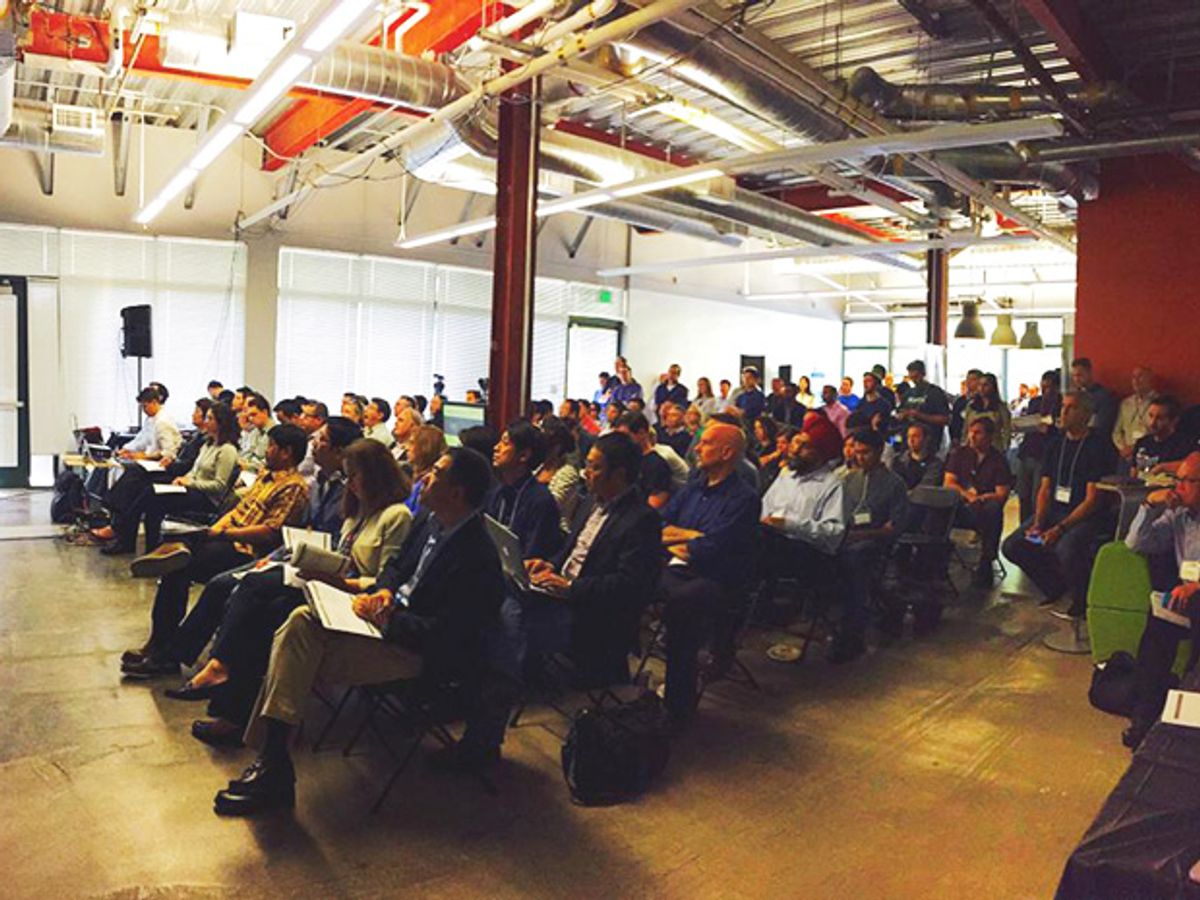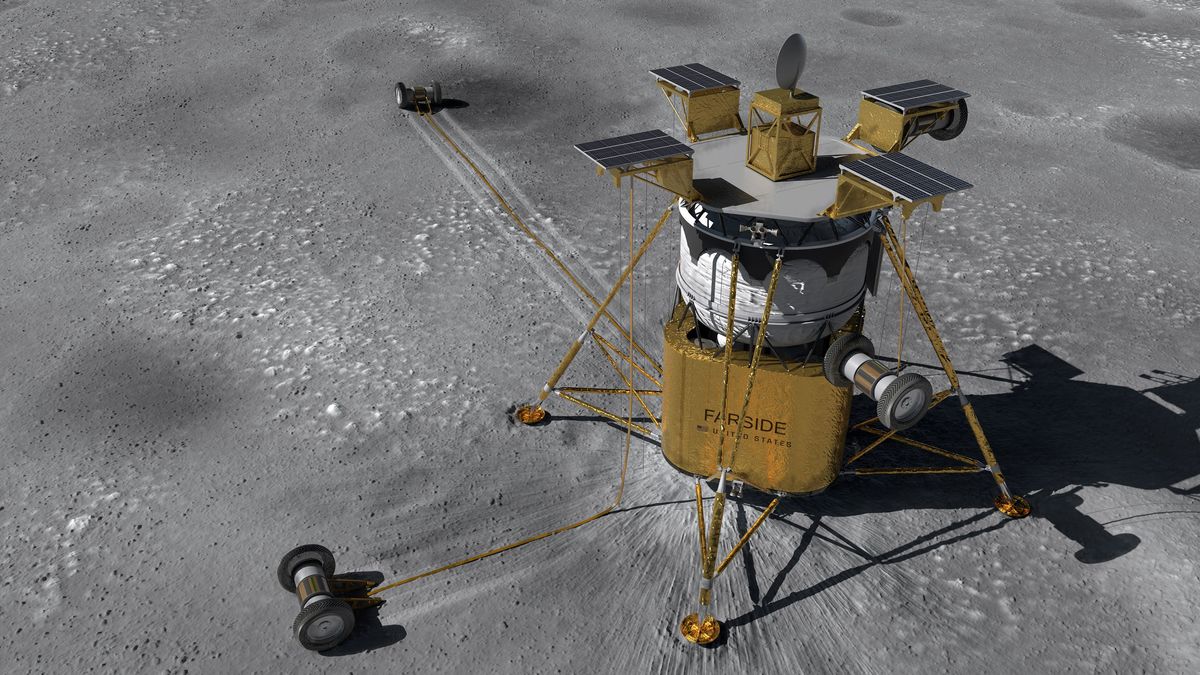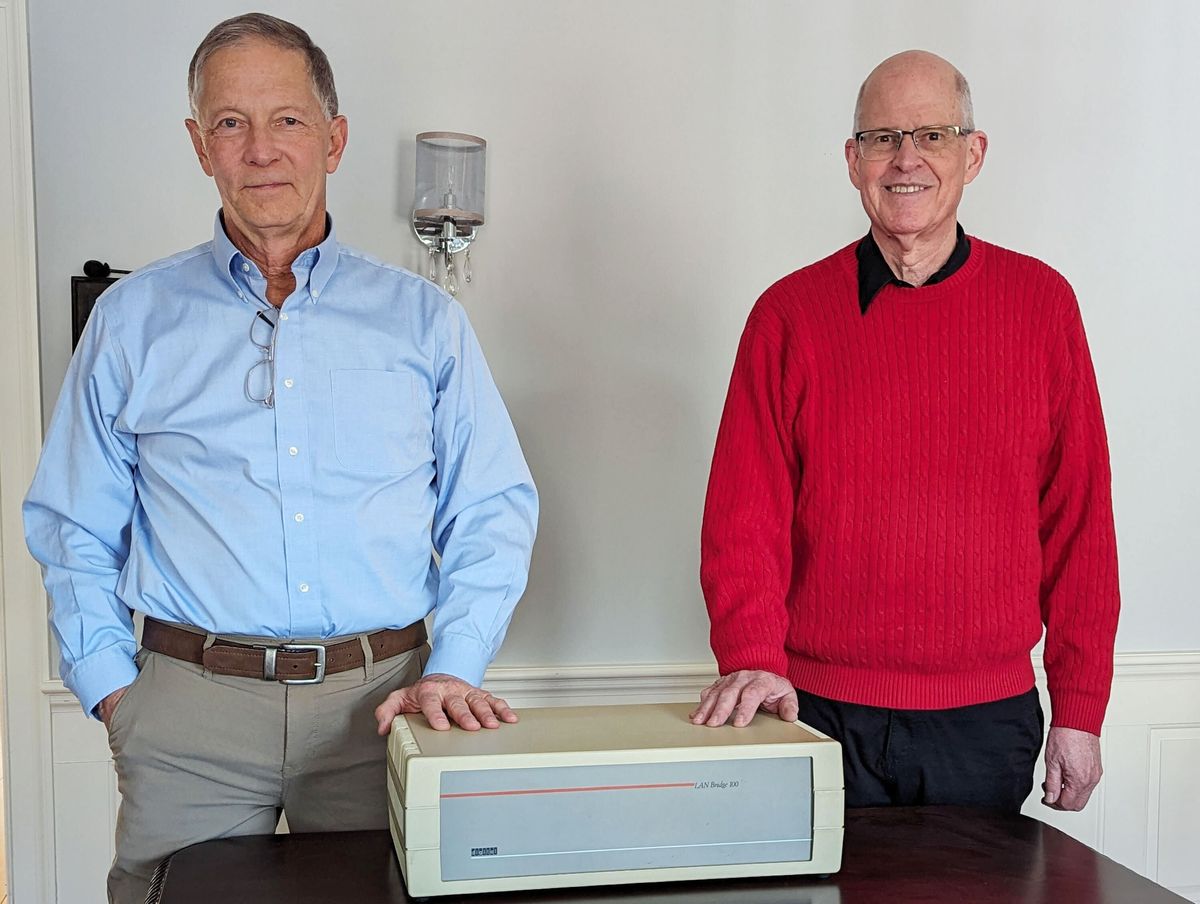StartX, the Stanford-affiliated nonprofit startup accelerator, launched a class of 50 companies this week to a packed house of investors and press. Only 17 of the 50 presented—others weren’t quite ready to take outside investment or had been preemptively funded during the session. A few stood out for me:
- Mission Bio. A number of companies in recent years have been applying
microfluidics to medical diagnostics. Mission Bio CEO Charlie Silver says his approach is different. Instead of using the technology to deliver reagents or make measurements, Mission Bio is running tumor cells through a process that creates microfluidic test tubes, one cell in each, and then can add reagents into each tiny droplet in order to analyze each cell. This approach, Silver says, allows doctors to better select the appropriate drugs to treat tumors that contain a variety of types of cancer cells.Mission Bio’s microfluidic technology creates tiny test tubes.Photo: Tekla Perry
- Aromyx. Aromyx CEO Chris Hanson thinks creating precise sensors that can digitize characteristics of taste and smell will be a huge boon to the food and
beverage industry, enabling, perhaps, a company like Pepsi to replicate the artificial ingredients in its products using “kale and pine nuts.” The company has developed what it calls the EssenceChip, an array of 400 chemical receptors that respond to substances in gases or liquids by creating a substance called cyclic adenosine monophosphate. This can be made to produce a fluorescent signal that can be read optically and used to generate an “AromaGraph.”The EssenceChip from Aromyx analyzes taste and smell.Photo: Tekla Perry
- Tactical Haptics. Tactical Haptics used StartX to continue to refine and build prototype applications and a development kit for its touch-feedback controller, the kind of device that CEO William Provancher says will be essential to moving the next generation of gaming into virtual reality. The controller has three sliding plates in its handle. When you grip it, the plates push and pull on your skin, making it feel like the thing you are virtually moving—be it a light saber or a big box—has weight and the virtual world has gravity. Provancher expects this technology to be useful beyond the world of gaming, with applications in surgical simulation, physical therapy, and drone control.
- Forever Oceans. A spinoff from Lockheed Martin, Forever Oceans joined StartX to “transition from Lockheed to the real world,” says CEO Jason Heckathorn. The company has developed an approach to building and operating commercial fish farms in deep ocean waters, far offshore, that relies on sensors and robotics for long-distance operation. Such deep-water operations are far more sustainable and less polluting than traditional fish farms, Heckathorn said. (At the demo event, Forever Oceans served sashimi from fish farmed off Hawaii, and it was amazing.)
StartX is accepting applications for its next class until 4 October. The nonprofit, which does not charge a fee to or take equity from participants, typically accepts 8 to 11 percent of applicants. While most of those accepted are required to have a Stanford connection (involving students, faculty, or alumni), the organization recently opened a few slots to “visiting founders” with no Stanford ties.
Tekla S. Perry is a senior editor at IEEE Spectrum. Based in Palo Alto, Calif., she's been covering the people, companies, and technology that make Silicon Valley a special place for more than 40 years. An IEEE member, she holds a bachelor's degree in journalism from Michigan State University.

 Mission Bio’s microfluidic technology creates tiny test tubes.Photo: Tekla Perry
Mission Bio’s microfluidic technology creates tiny test tubes.Photo: Tekla Perry The EssenceChip from Aromyx analyzes taste and smell.Photo: Tekla Perry
The EssenceChip from Aromyx analyzes taste and smell.Photo: Tekla Perry

